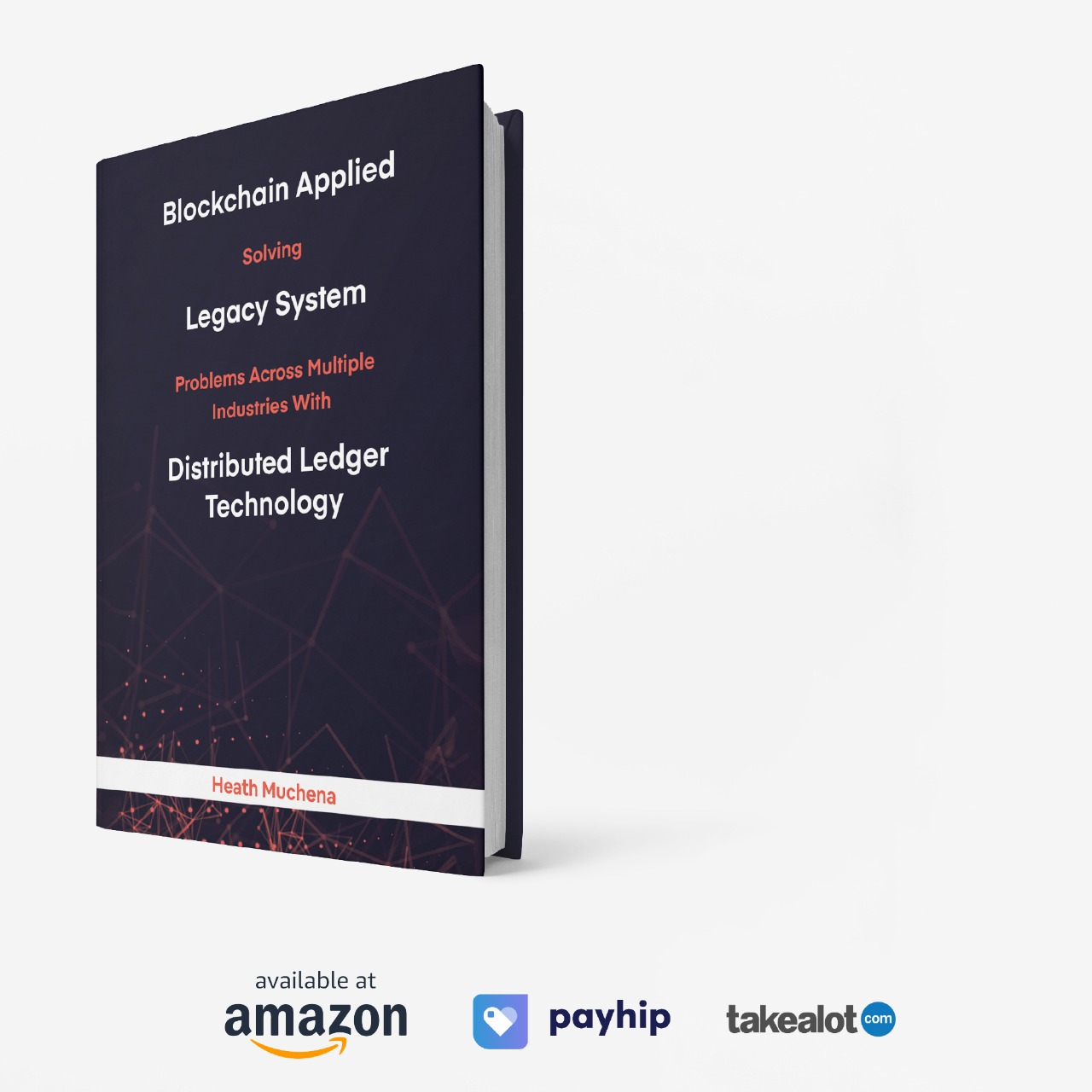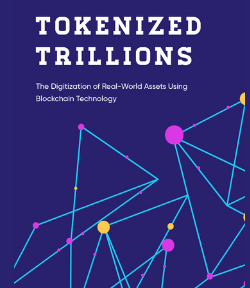
Stablecoin Remittances – A Trillion Dollar Opportunity
The Rise of Stablecoin Remittances in Africa.
Walk into a Western Union outlet in Lagos or Nairobi, and the story hasn’t changed much in decades: long lines, high fees, and anxious senders hoping their money arrives on the other side. Despite endless promises of “digital transformation,” the cost of sending money to Sub-Saharan Africa remains the highest in the world. On average, remittance fees run between six and twelve percent, sometimes even higher depending on the corridor. That means for every $200 a migrant worker sends home, $12–$24 evaporates into the system before it ever reaches family.
But something has shifted. Over the last two years, stablecoins—digital tokens pegged to the U.S. dollar—have started to break this legacy chokehold. Transfers made in USDT or USDC can cost less than one percent and settle in seconds, not days. For families that rely on remittances for food, school fees, or medical expenses, the difference isn’t just technical—it’s life-changing.
Why Stablecoins Work Where Banks Fail
The genius of stablecoins is their simplicity. Instead of routing through a maze of correspondent banks, clearing houses, and FX dealers, a sender simply buys $100 in USDT on an exchange, sends it over a blockchain network, and the recipient cashes out to local currency almost instantly. No middlemen, no time-zone friction, no five-day settlement windows.
And unlike volatile cryptocurrencies, stablecoins maintain a consistent value against the dollar, giving families in countries with weakening local currencies a way to preserve purchasing power. In effect, for many Africans they are functioning not only as payment rails but as savings accounts.
Mobile Money Meets Stablecoins
If there’s one reason Africa is primed for this revolution, it’s mobile money. Platforms like M-Pesa in Kenya and MTN MoMo across West and Southern Africa already taught millions of people how to store and send value using a phone number. Stablecoins now extend that model beyond borders.
The flow looks simple: a worker in London buys USDC on Binance P2P, sends it home via a low-fee blockchain like Tron or Base, and the recipient converts it directly into M-Pesa balance or MoMo credit. What used to be a stressful and expensive process can now be done in under ten minutes.
In Nigeria, where currency controls and a volatile naira have driven people to alternative markets, stablecoins have become a lifeline. Peer-to-peer marketplaces allow instant swaps between USDT and naira, bypassing official FX bottlenecks. In Kenya, young entrepreneurs increasingly blend M-Pesa and stablecoin wallets to manage both local transactions and global freelancing income. And in South Africa, exchanges like Luno are onboarding users through regulated channels, providing compliant fiat on-ramps into USDC and USDT.
The Numbers Behind the Shift
The economics are impossible to ignore. Stablecoin transfers cut fees by up to 90% compared to traditional remittance providers. Settlement is almost instantaneous, and the infrastructure is 24/7. For a continent with a diaspora sending over $100 billion annually, shaving even a few percentage points off costs means billions more staying in households rather than disappearing into fees.
Add to this the fact that stablecoins double as a hedge against inflation. In markets like Nigeria, Ghana, or Zimbabwe, where local currencies can lose value overnight, holding funds in digital dollars is becoming the default savings strategy.
Risks, Rules, and the Road Ahead

Of course, no technology comes without caveats. Policymakers worry about capital flight, reserve quality, and the risk of sudden runs if issuers aren’t transparent. Central banks from South Africa to Nigeria are scrambling to draw up frameworks that balance innovation with financial stability. The challenge is clear: regulate without suffocating the utility that makes stablecoins attractive in the first place.
Yet, the momentum seems unstoppable. Global firms are experimenting with hybrid models—bridging retail cash directly into stablecoins through stores and kiosks. Payments giants are quietly testing tokenized cash solutions. And African regulators, who once viewed crypto with suspicion, are increasingly recognizing that the stablecoin genie isn’t going back into the bottle.
The Human Impact
Beyond the data and policy debates, this shift is deeply human. Stablecoins mean a Ugandan student can receive tuition funds without watching 10% vanish to intermediaries. A Ghanaian trader can settle with a Chinese supplier over a weekend without waiting for banks to open on Monday. A South African gig worker can be paid instantly in digital dollars, then spend locally through MoMo.
This is the heart of the $1 trillion opportunity: remittances aren’t just financial flows, they are lifelines. By lowering costs, speeding transfers, and offering a stable store of value, stablecoins are quietly rewriting the rules of money movement in Africa.
How to Get Started
For everyday users, the path is already clear. Platforms like Binance P2P, Luno, and Valr allow instant purchase and sale of USDT and USDC. Hardware wallets like Ledger or mobile options like Zengo and CoolWallet Pro provide safe storage for funds in transit. On the receiving end, integration with M-Pesa and MoMo means cash-out is as simple as a mobile money top-up.
The result: remittances that are faster, cheaper, and smarter. For a continent long taxed by outdated financial infrastructure, stablecoins aren’t just an alternative—they’re becoming the default.
Bottom line: The remittance revolution in Africa isn’t coming, it’s already here. Stablecoins are quietly replacing Western Union queues with smartphone notifications, turning a trillion-dollar problem into a trillion-dollar opportunity.






